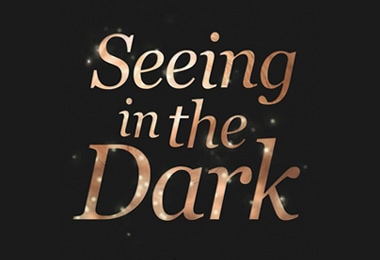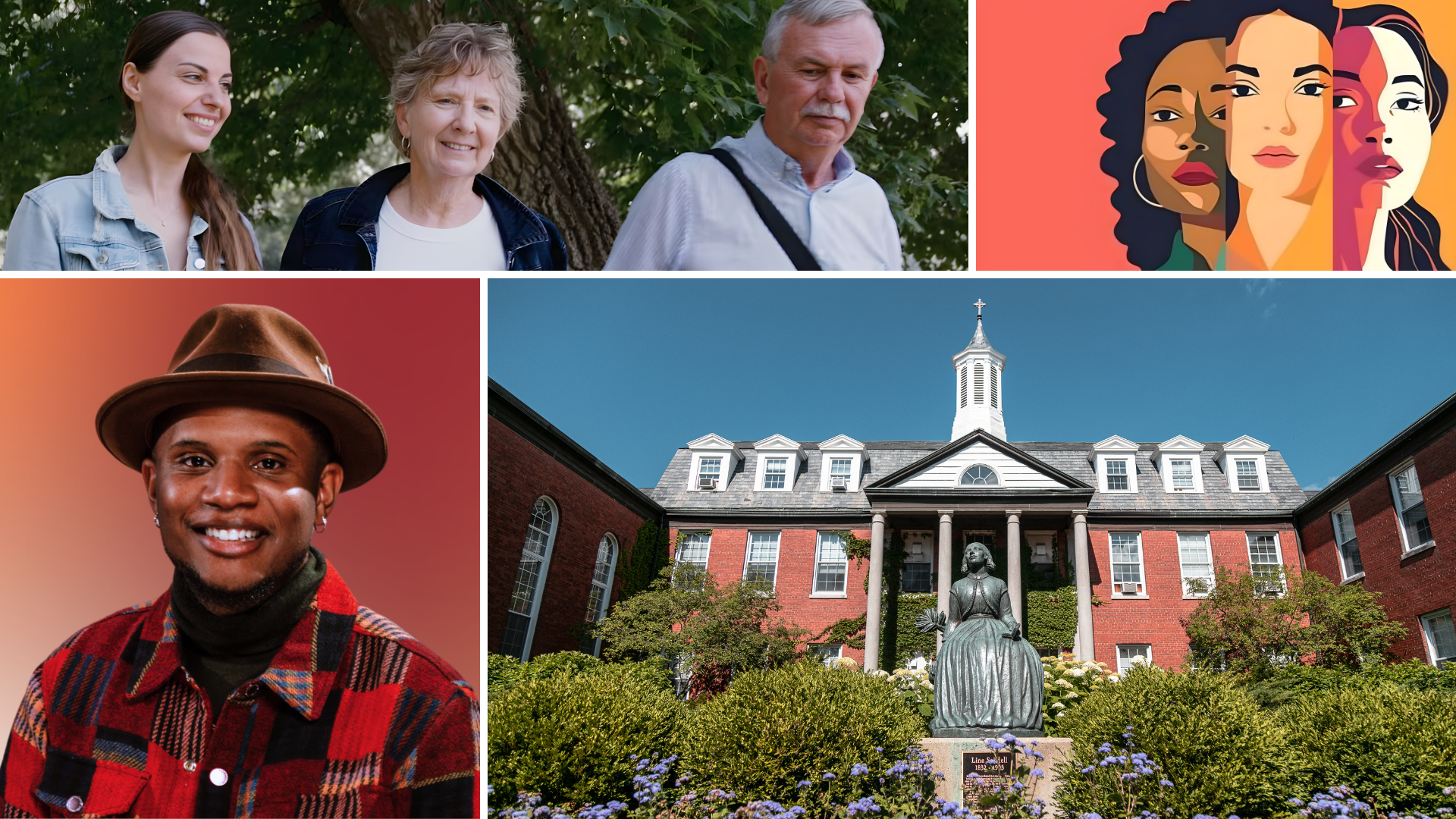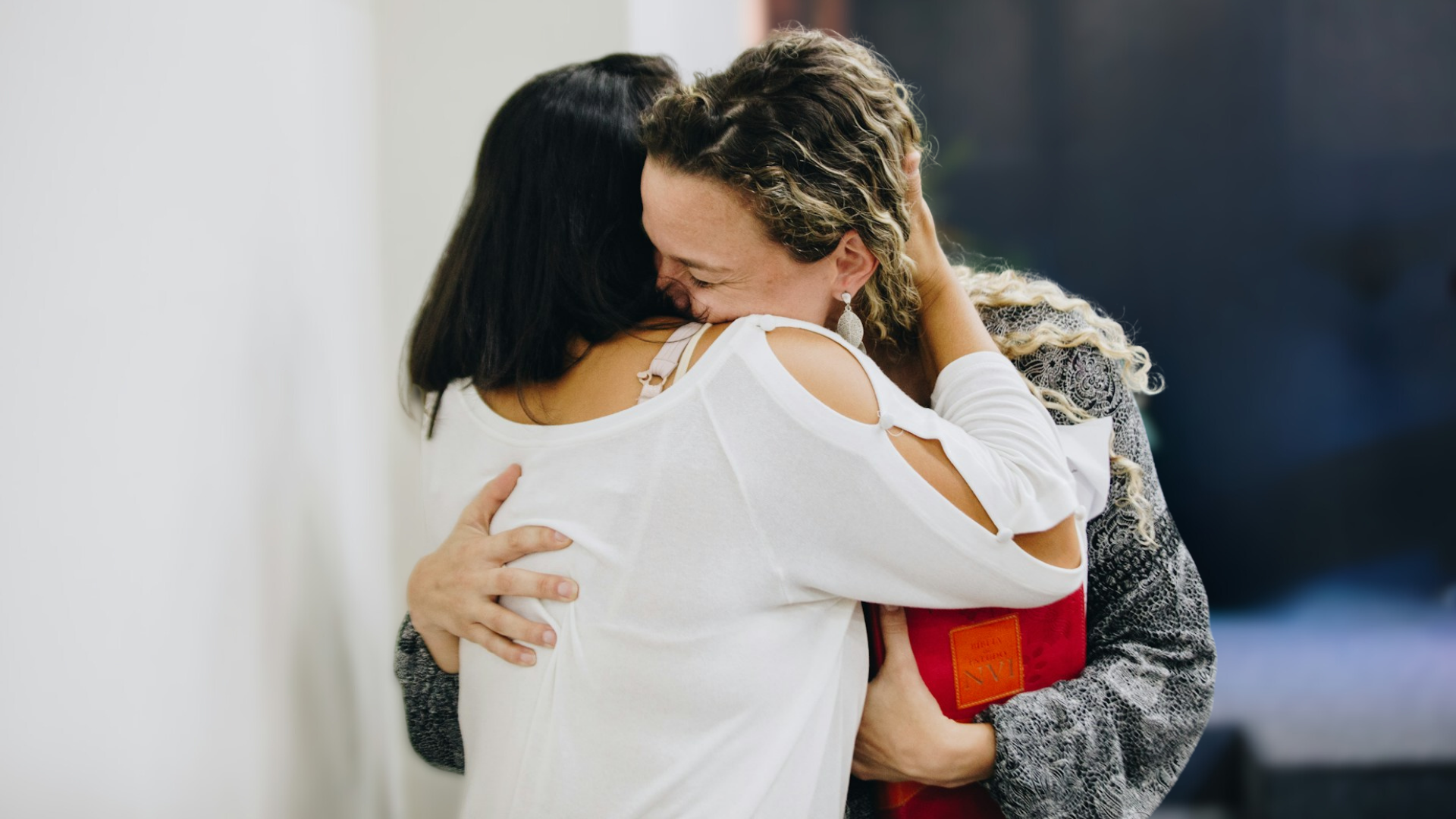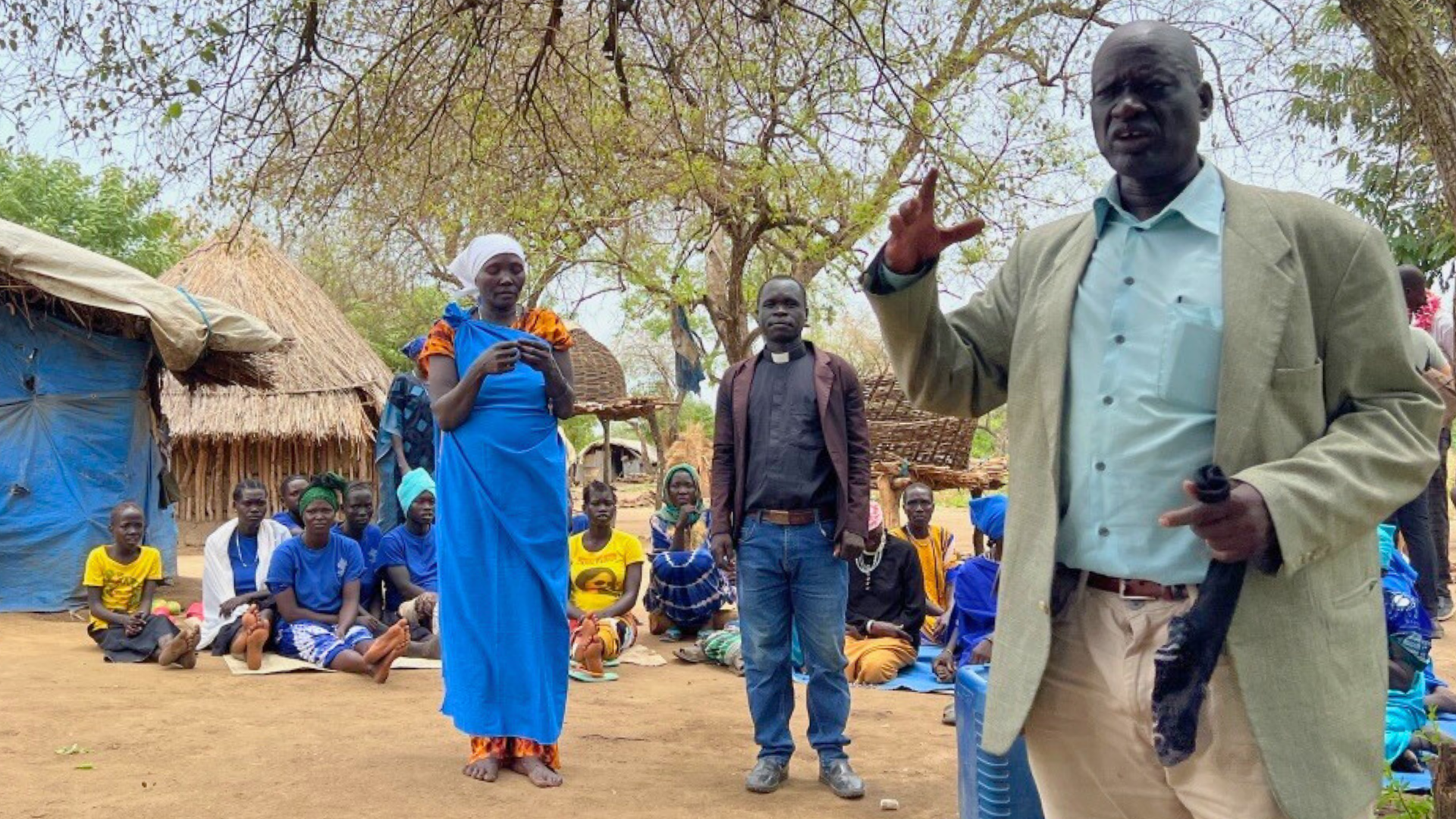[vc_row][vc_column width=”1/2″][vc_column_text] [/vc_column_text][vc_column_text]
[/vc_column_text][vc_column_text]
Seeing in the Dark
Nancy Ortberg
Tyndale House, 192 pages
[/vc_column_text][/vc_column][vc_column width=”1/2″][/vc_column][/vc_row][vc_row][vc_column width=”1/1″][vc_column_text]
Reviewed by Cindy Haughey | February 17, 2016
[/vc_column_text][/vc_column][/vc_row][vc_row][vc_column][vc_column_text]
Whether you are an intimate follower of Christ or a skeptic, Nancy Ortberg’s latest book is a must-read. Addressing the reality of pain and darkness in life, Seeing in the Dark erases any notion that you are alone in your suffering. Rather, we are reminded that our darkness is not the end but rather the road we must travel in order to experience hope.
From the start, Ortberg disarms her readers. Interweaving personal experience, anecdotes, and historical moments, she reflects on life’s journey into darkness. Through humor, candor, and even revealing her own uncertainties, Ortberg has a way of capturing real life.
The book begins by naming our fear of pain and our desire for certainty, in contrast to the courage it takes to walk through darkness in faith. It’s all too tempting to avoid our pain and “never see.” Far easier to resist the process of maturing altogether, jumping from comfort to comfort.
Recounting the story of Peter’s impulsive response to Jesus’s arrest, she writes, “He went where he was led. He knew the darkness had started, and he let it envelop him. Perhaps because he knew that through this darkness was the only way to the light.”
Some books on life’s difficulties resort to simplistic clichés. But Ortberg gives the reader space to breathe, to accept the darkness, to embrace God in the midst of unbearable pain and loneliness. “You have to wait for some of the initial jolt to subside, to let something settle enough that you can emerge from being stunned before you can look for a ray of light. And waiting is excruciating when you are torn.”
After identifying our temptation to run away and seek comfort rather than embrace the transformation pain can effect, Ortberg reveals how God uses “our troubles to invade our lives.” Here is where we see the power of Jesus as he shapes our souls through darkness.
In the last third of the book she offers hope in the midst of pain where God meets us. If we allow God into our darkness, she writes, God gives us sight and brings us into light.
Throughout this book, I saw how often darkness has kept me from sitting with God in my pain. As I read, I realized how afraid of the dark I can be. But I also found hope here.
Ortberg writes, “Stories from brokenness, stories that intersect with another’s pain—that my friend, is life change stuff. This is gospel. Good news…it is in our suffering, in our brokenness, in our troubles that God invades our lives. In those times, both the sufferings and the comfort of Jesus can take root.”
Often it can be tempting to hide our brokenness, giving power to the lie that we must have it together, that we can never reveal weakness. This book reminds us that it is in sharing our pain that we relate most intimately to one another, and that connection opens the door to the gospel. What I love about Seeing in the Dark is that it asks the question, what kind of person are you? Who are you in the midst of darkness?
[/vc_column_text][/vc_column][/vc_row]














